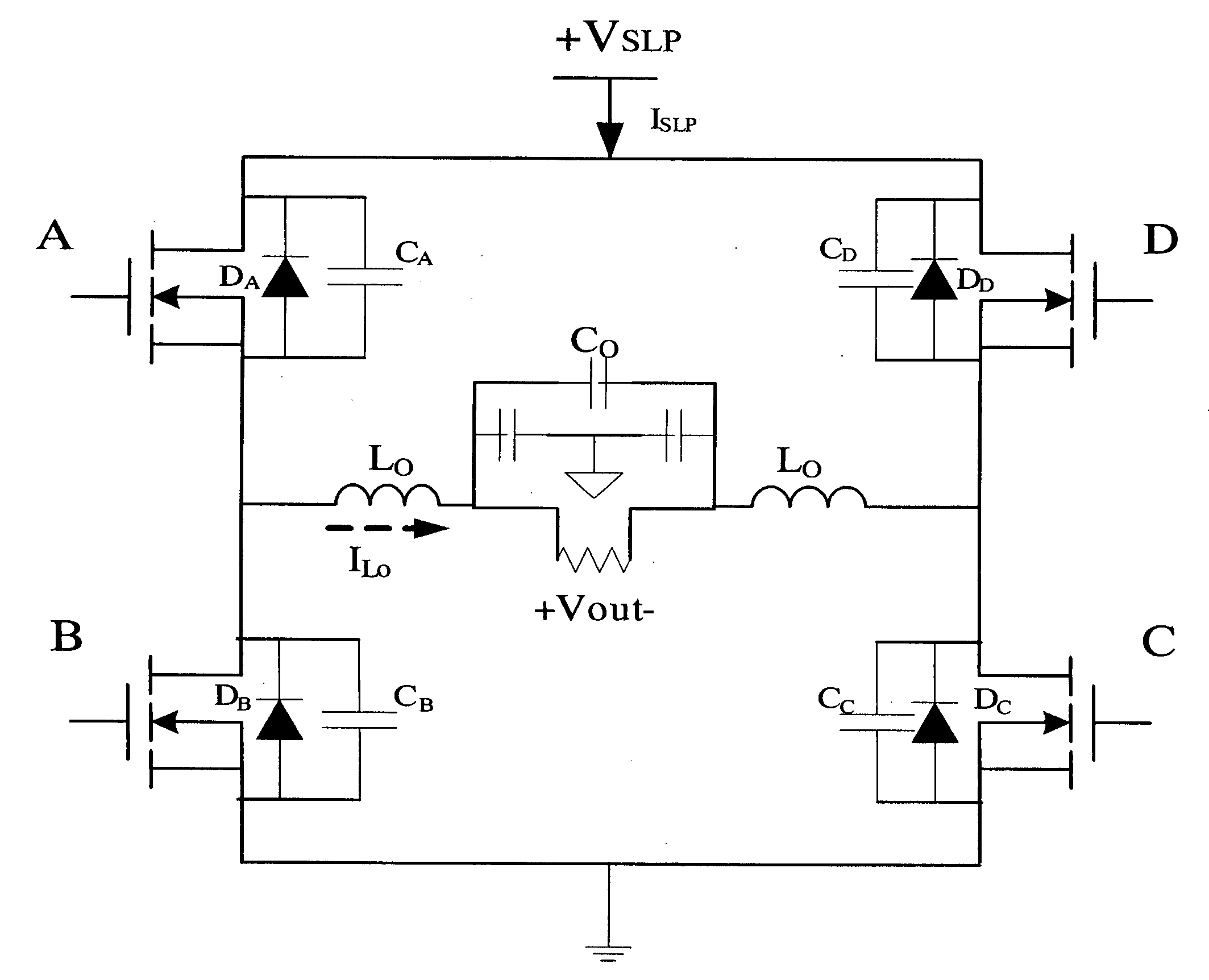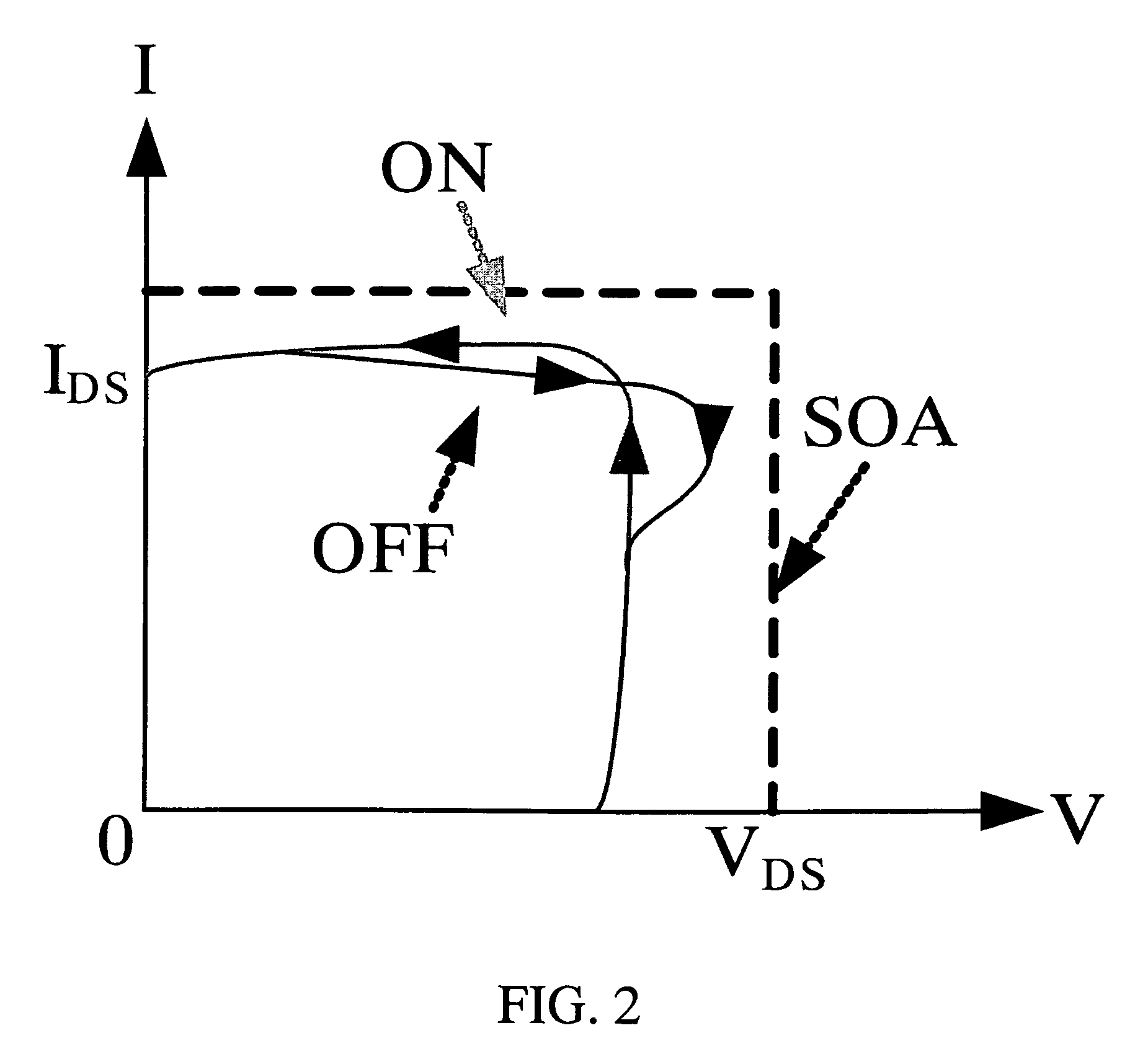Modified high-efficiency phase shift modulation method
a phase shift modulation and high-efficiency technology, applied in pulse techniques, single output arrangements, instruments, etc., can solve the problems of increasing the stress increasing large heat sinks, so as to reduce the power loss of the power switch, reduce the emis of electromagnetic interference of the inverter, and improve the conversion efficiency of the inverter
- Summary
- Abstract
- Description
- Claims
- Application Information
AI Technical Summary
Benefits of technology
Problems solved by technology
Method used
Image
Examples
examples
[0056] Assuming T=1000 and Duty Cycle=100
[0057] In a cycle T, the switching device A is set to be “H” for ½T and “L” for ½T. The switching device A has an output inverse to that of the switching device B.
[0058] In a ½T period for the switching device C, 20% in 0-500 (0˜100) is “H” and 80% (101˜500) is “L”. Within the range of 501-1000, 80% (501-900) is “L” owing to duty cycle=100 and 20% (901-1000) is “H”. The switching device D has an inverse output as compared to that of the switching device C.
[0059] Several examples will be described over relationship between duty cycles and the corresponding output waves. [0060] (1) Duty cycle=0.8. The corresponding output waveform is shown in FIG. 17. [0061] (2) Duty cycle=0.6. The corresponding output waveform is shown in FIG. 18. [0062] (3) Duty cycle=0.4. The corresponding output waveform is shown in FIG. 19. [0063] (4) Duty cycle=0.2. The corresponding output waveform is shown in FIG. 20.
[0064] It may be known through the examples given...
PUM
 Login to View More
Login to View More Abstract
Description
Claims
Application Information
 Login to View More
Login to View More - R&D
- Intellectual Property
- Life Sciences
- Materials
- Tech Scout
- Unparalleled Data Quality
- Higher Quality Content
- 60% Fewer Hallucinations
Browse by: Latest US Patents, China's latest patents, Technical Efficacy Thesaurus, Application Domain, Technology Topic, Popular Technical Reports.
© 2025 PatSnap. All rights reserved.Legal|Privacy policy|Modern Slavery Act Transparency Statement|Sitemap|About US| Contact US: help@patsnap.com



